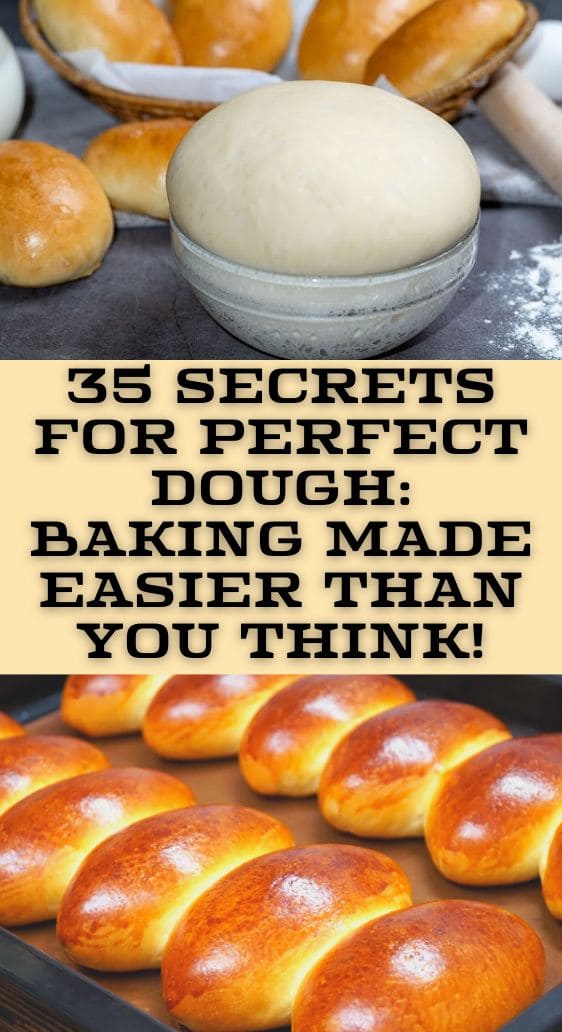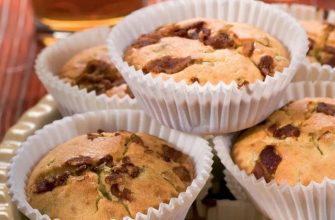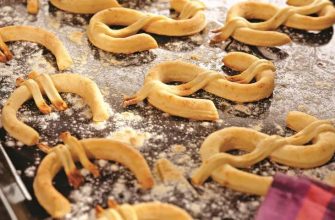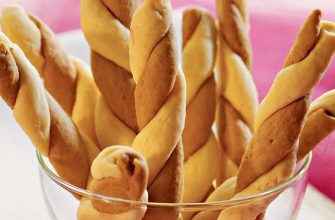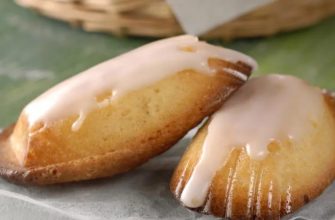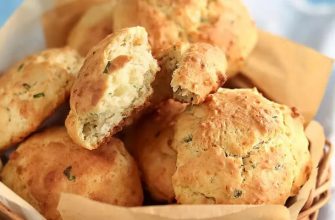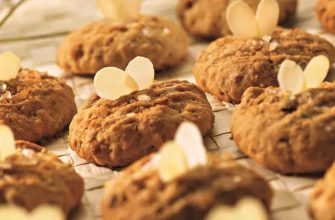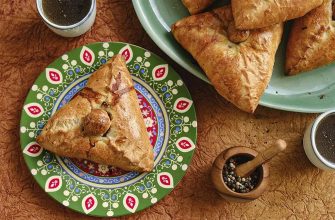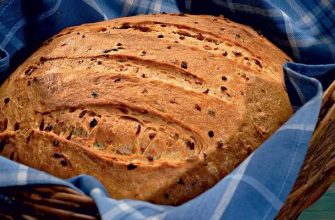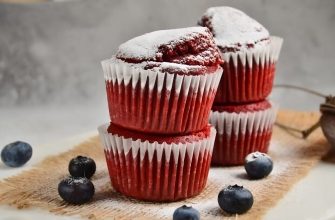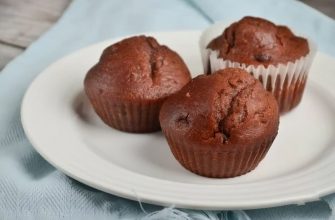Every experienced homemaker has her own secrets for crafting perfect dough, shared among friends to elevate their baking game. We’ve gathered over 30 such secrets that will help novice bakers master the art of delicious baking. Just remember, you don’t have to apply them all at once!
Hungry for culinary inspiration? Join us on Facebook for a mouthwatering adventure! Click here!
- Always add diluted potato starch to the dough—your buns and pies will stay fluffy and soft even the next day.
- The key to tasty pies is a well-risen, airy dough: sift the flour to remove impurities and enrich it with airborne oxygen.
- For any dough (except dumplings, puff pastry, choux pastry, and shortcrust pastry), add a “handful” (about a heaping tablespoon) of semolina per half a liter of liquid. Monks used to say, “In the past, the highest quality bread was made from semolina. It stayed fresh and was fluffy. Now, with no semolina, add a handful of semolina, and your baking will always be excellent.” Such invaluable advice.
- Add half a cup of club soda to the dough (in addition to milk). Dissolve 1 teaspoon of baking soda in half a cup of water, slightly quench it with citric acid or vinegar. This results in superb baking—even leftovers remain fluffy the next day.
- Avoid drafts in the room where you knead the dough; it contributes to forming a very dense crust on the pie.
- When kneading yeast dough, all ingredients should be warm or at room temperature; ingredients from the fridge slow down the dough’s rise.
- The liquid for yeast products should always be warmed to 30–35ºC (86–95ºF), as yeast fungi in liquid with a higher or lower temperature lose their activity.
- Keep your hands dry when kneading the dough.
- Allow the dough to rise for 15–20 minutes before putting the products in the oven. Let the dough fully rise; otherwise, pies won’t bake through for a long time.
- Bake pies on medium heat to prevent the filling from drying out.
- For any dough (yeast and fresh dough), it’s best to add unmelted butter as melted butter worsens the dough’s structure.
- Pies made with milk are tastier and more aromatic, and the crust is shiny and beautifully colored.
- Yeast for the dough should be fresh, with a pleasant alcoholic smell. Check the yeast in advance by sprinkling a layer of flour over the prepared sponge. If cracks don’t appear within 30 minutes, the yeast is of poor quality.
- Excessive sugar in the dough leads to rapid browning or even burning. Yeast dough fermentation slows down, resulting in less fluffy pies.
- Soften butter to the consistency of sour cream and add it towards the end of kneading or when rolling out the dough; this improves the dough’s fermentation.
- For tender and crumbly pastries, add only egg yolks to the dough.
- Bake tall pies on low heat to ensure even baking.
- Roll out the dough for a tray pie as thin as possible to fully appreciate the taste of the filling.
- To prevent the bottom of the pie from becoming soggy, lightly sprinkle the bottom layer with starch before adding the filling.
- Don’t let the dough or sponge sit too long; it degrades dough quality. Allow 3 hours, but it must be warm.
- You can brush yeast pies with milk or, if desired, sprinkle with salt, poppy seeds, or caraway seeds.
- Brush closed pies with beaten egg, milk, or sugar water before baking. This gives the finished pie an appetizing gloss, especially when brushed with egg yolks.
- Pies dusted with powdered sugar are also brushed with butter for a pleasant aroma.
- Pies brushed with egg white gain a shiny, rosy crust during baking.
- The more fat and less liquid in the dough, the more crumbly the products will be.
- If you transfer baking soda to the dough, the pie will be darker in color and have an unpleasant smell.
- Thin dough is easy to roll out; wrap the rolling pin with a clean linen cloth.
- If the dough is too moist, place parchment paper on top and roll out directly through the paper.
- Take pies made with shortcrust pastry out of the mold when they are cold.
- Before adding raisins to the dough, roll them in flour.
- Salt is always added to flour only when the sponge has fully fermented.
- The more fat in the dough and the less liquid, the more crumbly the products will be.
- If the dough has already risen, and you don’t have time to put it in the oven, cover it with a well-moistened paper, shaking off excess water.
- Don’t cut a hot pie. If necessary, heat the knife in hot water, quickly wipe it off, and cut.
- If the pie doesn’t come off the baking sheet, use a thread to separate it.
Wishing you always perfect baking!




